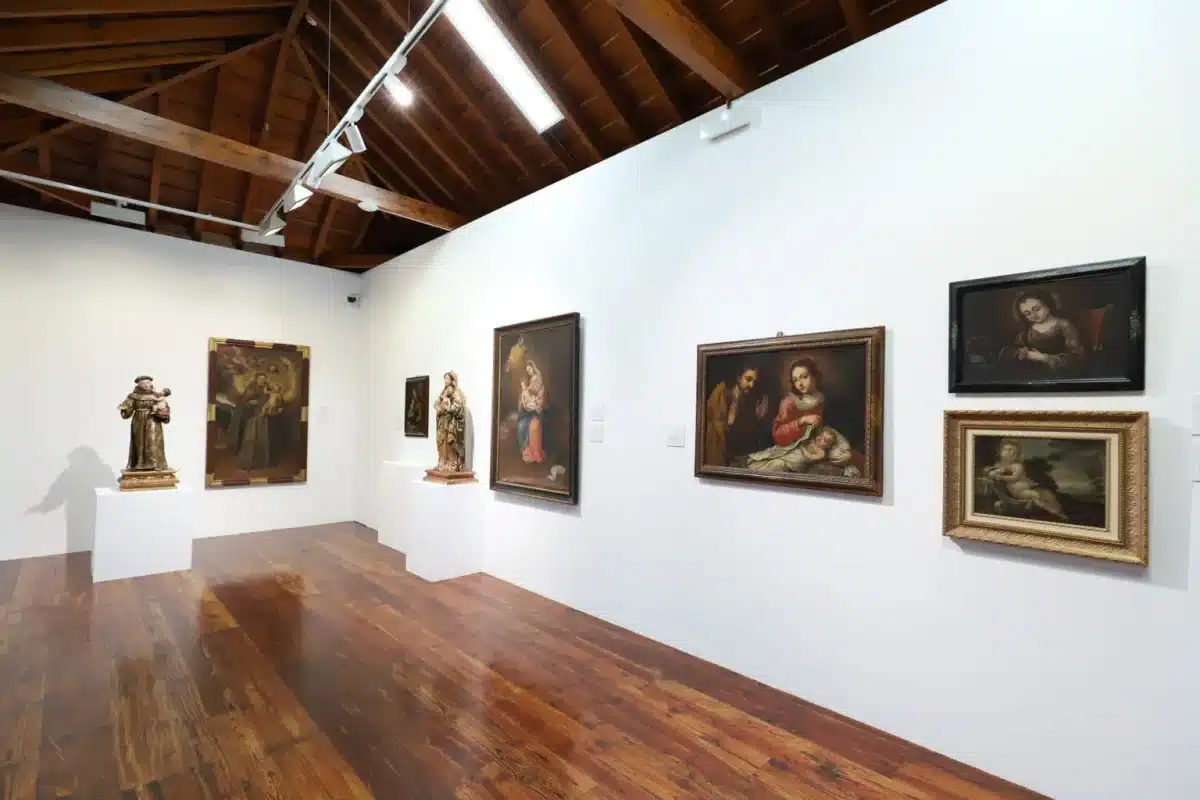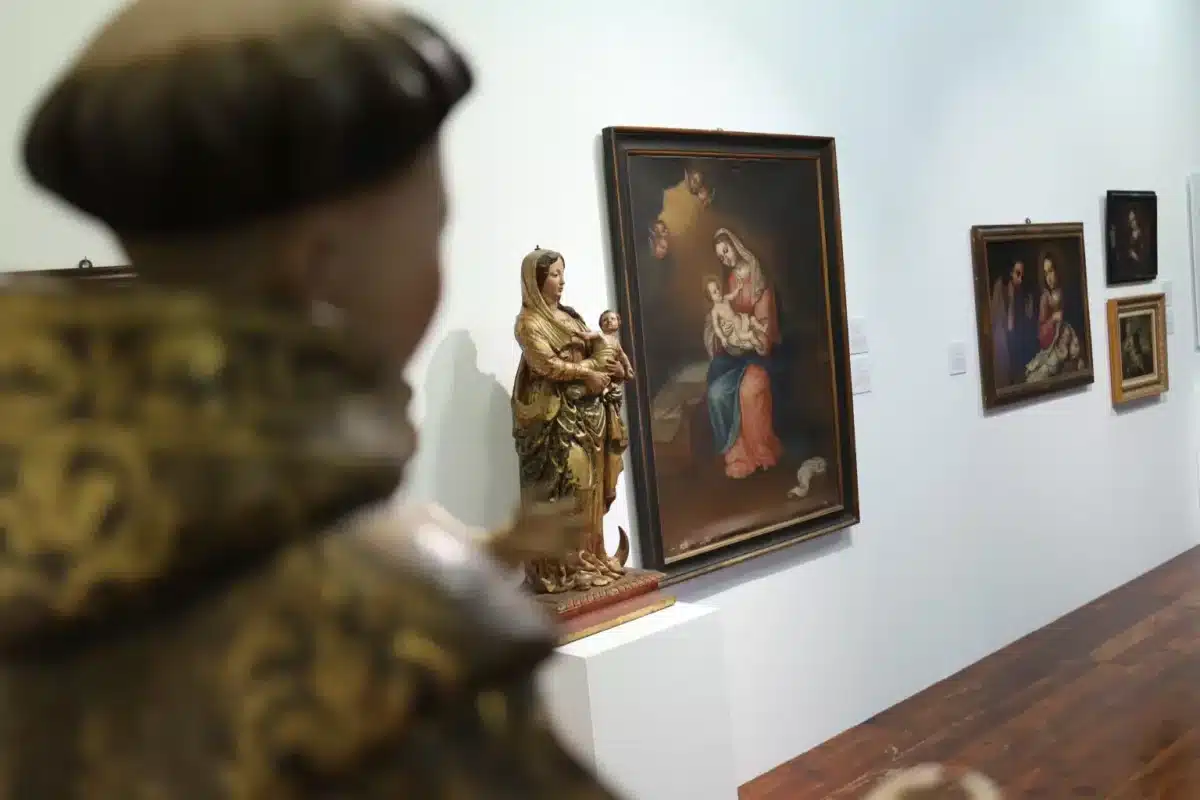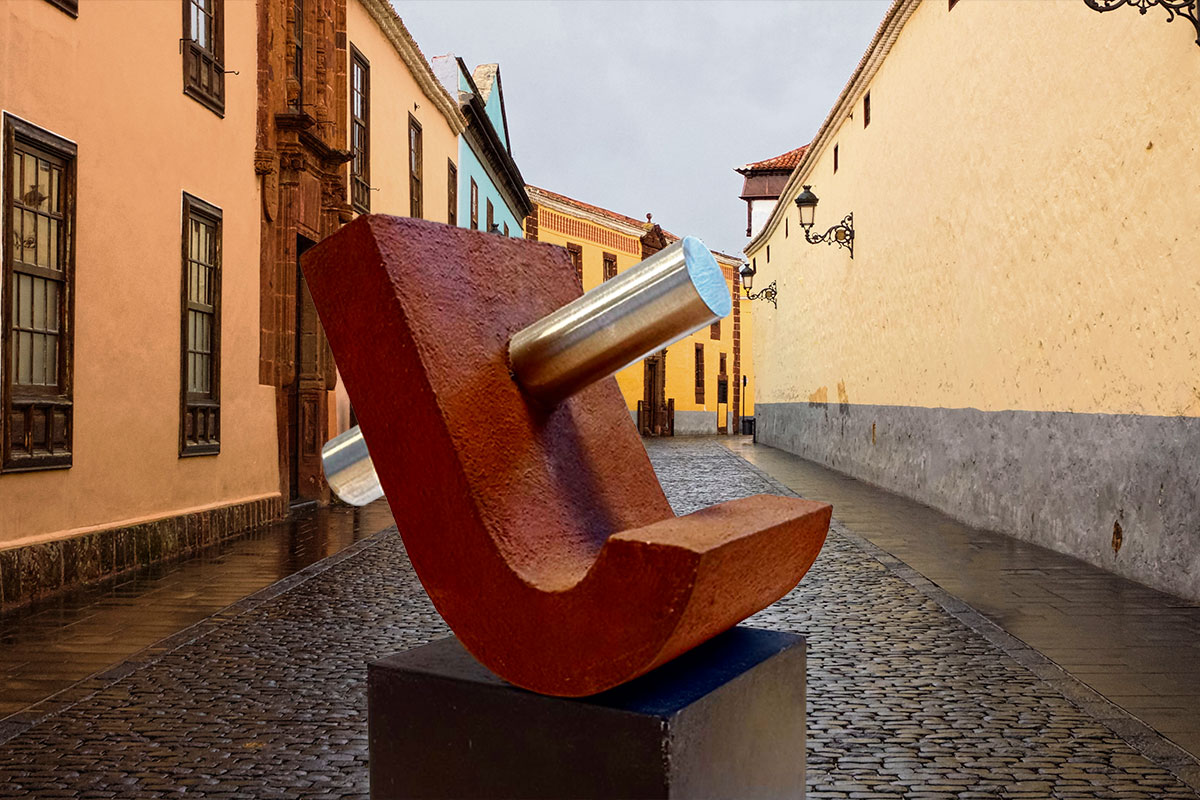Last Friday, the CajaCanarias Foundation inaugurated the exhibition From Pourbus to Estévez in its Cultural Space in La Laguna. The exhibition covers the very rich production centred on the plastic manifestation of childhood preserved in the Canary Islands through more than fifty artistic pieces (paintings, sculptures and engravings), divided into seven exhibition areas. Visiting hours are from Monday to Saturday (10.00-13.30), as well as Wednesday, Thursday and Friday evenings (17.30-20.00), and the exhibition will be open to the public free of charge until 15 April. All information is available at www.cajacanarias.com.
For this exhibition project, which was visited by more than 5,000 people during its stay at the Espacio Cultural La Palma, the CajaCanarias Foundation has selected some images of childhood from the Canary Islands’ heritage: works in which children are the protagonists or have a significant presence. In this way, the spectator is invited to take a closer look at representations which, beyond their subject matter – mostly religious in nature – allow us to recreate experiences such as maternity and paternity, affection and life in common, intimacy and affection in the family environment.

The selection of works – preserved in La Palma, Tenerife and Gran Canaria – is intended to be representative of the island’s artistic heritage between the 16th and 19th centuries, made up of imported pieces – in this case, from Andalusia, Flanders and Latin America – and others made in the Canary Islands. This coexistence of the local and the foreign is also illustrative of a society that was both isolated and connected to the Old and the New World. The title of the exhibition – From Pourbus to Estévez – indicates both this variety of origins and a chronological scope marked by these two artists, a Flemish painter who settled in Bruges in the mid-16th century and a sculptor from the Canary Islands who died in 1854. Thus, De Pourbus a Estévez. Art and childhood in the Canary Islands presents a beautiful double challenge: on the one hand, to bring representations of past centuries to the gaze of today’s spectator and, on the other, to contemplate the smallest human beings in order to reflect on the greatest values of our society.






